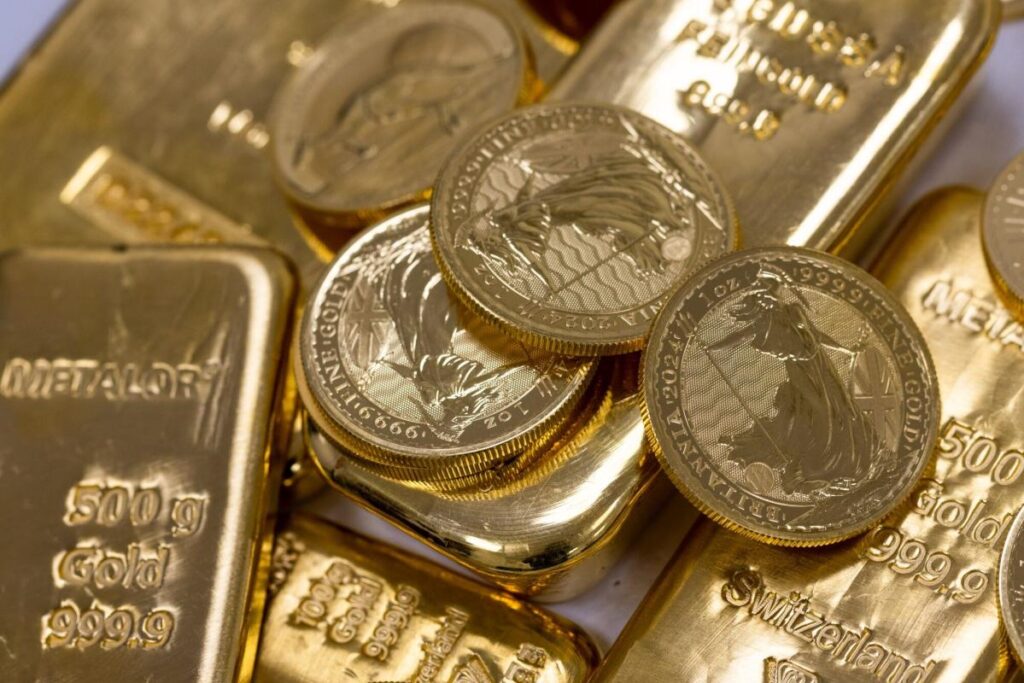Gold prices have stabilized following a turbulent response to rising inflation and a slowdown in the labor market, factors that are intensifying discussions around the Federal Reserve’s anticipated interest rate cut in the upcoming month. As of the latest trading session, bullion remains close to $2,630 an ounce, slightly gaining 0.9% recently after being influenced by recent economic data. Notably, new reports indicated that core inflation outpaced expectations in September while the number of unemployment benefit applications surged to its highest in over a year. These indicators illustrate the precarious balance the Federal Reserve must navigate — aiming to cut rates to stimulate the economy without igniting runaway inflation.
The swaps markets reflect a general consensus regarding a potential 25-basis-point rate cut in November. However, traders maintain cautious optimism, aware of the difficulties policymakers will likely face in fostering economic growth while ensuring price stability. A lower interest rate environment usually benefits gold investments since the metal itself offers no interest, making gold more attractive when borrowing costs are lower. The positive sentiment towards gold this year is also underscored by its over 25% increase in value, which is attributed to rate-cut expectations among other reinforcing factors.
Gold has not only been buoyed by interest rate speculation; significant purchases by central banks and rising geopolitical tensions have also contributed to its robust performance. Despite these factors, there’s a cautious note regarding the potential escalation of hostilities in the Middle East, which, while initially driving gold demand as a safe-haven asset, may not lead to sustained increases in investment if the situation stabilizes. Currently, spot gold has experienced a slight uptick, trading at $2,633.48 an ounce, although it heads toward a projected weekly decline of about 0.8%.
In contrast to gold’s movements, the Bloomberg Dollar Spot Index has seen little fluctuation, suggesting that the market’s response has been more focused on the interplay between inflation data and the Fed’s monetary policies rather than on currency strength. Other precious metals have exhibited mixed results, with silver remaining stable, while both platinum and palladium reported increases, indicating a varied demand across the metals market. Investors are closely monitoring these developments, as they could signal shifts in market dynamics or investor sentiment.
The upcoming Federal Reserve meeting will be pivotal, as it will not only address the immediate need for rate adjustments but will also set the tone for future economic policy amid an evolving labor market landscape. The necessity to control inflation without overly impacting employment growth remains a challenge, especially since businesses are reporting signs of tightening labor conditions that could hinder economic recovery. Market observers are keen to assess how the Fed will approach this balancing act, especially given the influential role of Fed actions on gold prices and general market sentiment.
In summary, while gold has performed strongly throughout the year, the confluence of inflation data, labor market indicators, and anticipated interest rate cuts will continue to shape its trajectory. As investors await clarity from the Federal Reserve, the precious metals market’s reaction remains sensitive to these macroeconomic factors, signaling that gold’s future will likely hinge on the outcomes of ongoing economic evaluations and geopolitical developments.

